Mark Cavendish
Taken from the Blazing Saddles Column in the Tayside Courier Weekend Supplement 21.7.12
In the last of his Tour de France retrospectives, Scot Tares considers whether Mark Cavendish is the greatest sprinter of all-time.
As I sit and write this, the 2012 Tour de France has hit theAlpsand battle has commenced between the main protagonists. By the time you read this it will be fairly certain whether or not Great Britain will have its first ever Tour de France overall winner in Bradley Wiggins. For the moment however, let us look back a few years to the 2009 Tour.
| Stage | 21 |
| Route | Montereau-Fault-Yonne toParis(Champs-Élysées) |
| Distance | 102 miles (164km) |
| Date | Sunday 26th July 2009 |
| Stage Winner | Mark Cavendish (Great Britain) |
| YellowJersey | Alberto Contador |
| Watch at: | http://www.youtube.com/watch?v=iCUD0CPKJSM |

Cavendish takes 2nd place in the British Junior Champs in Perth, behind Matt Brameier and ahead of Geraint Thomas
The 2009 Tour de France was a breakthrough year for Bradley Wiggins; riding for Garmin-Slipstream, he was showing he was making the transition from a World Champion track pursuit rider to a road-man with real potential. He finished fourth overall in Paris and during the following off-season he signed for the newly formed Team Sky, although under a cloud of protracted contract wranglings between Sky and Garmin. The show of class in 2009 was just a flash of the potential he had, but it would be a few years before he would be able to show that again in the Tour.
Meanwhile, another British rider was making history and laying down the gauntlet to the world. Many saw, and some still see, Mark Cavendish as precocious and arrogant, but to my mind his character reflects an utter dominance in his sport, the like of which has never been displayed by any other British rider. Cavendish does not just win; he often destroys the rest of the field with a sprint so ferocious he looks like he is riding for his life and often the emotional outpouring at the end demonstrates that he has put every ounce of his being into winning.
Cavendish’s sprinting finesse had been proven in other races over the previous few years, but it was in 2009 that he opened his account for Tour de France stage wins. By the time the race reachedParisafter 20 gruelling stages, Cavendish had already raised his arms in victory as he crossed the finish line on no less than five occasions. However, if his rivals were still in any doubt as to who was the best, Cavendish was about to kick that notion into the stratosphere.
As the teams lined out on the Parisian roads on the closing minutes of stage 21 of the 2009 Tour de France, Cavendish’s team, HTC-Highroad, had paced him to the front of the peloton. The speed was close to 40mph and Cavendish tucked in behind two of his team-mates, George Hincapie and Mark Renshaw, who led the race round the final corners. The television camera sped alongside the riders on the final straight and Mark Cavendish jumped out from the wheel of Mark Renshaw and exploded into his sprint. The commentator, Paul Sherwen exclaimed, as Cavendish crossed the line first, “I don’t think we need a photo-finish for that one as there was nobody else in the photo”. Indeed the overhead shot of the sprint finish made it look more like a solo attack, rather than a closely fought sprint finish, as Cavendish was clear of his nearest rivals by metres, rather than centimetres. In Mark Cavendish, a new superstar of not just British Cycling, but World Cycling, emerged from that 2009 Tour de France and with his Tour de France stage win tally mounting every year and an Olympic Gold medal in his sights, Cavendish has already started carving his name on the wall of the greatest cyclists of all time.
Scot Tares
Copyright DC Thompson 2012

 During his 11 year career Barry Hoban won eight stages of the Tour de France and this record for a British rider was held until Mark Cavendish surpassed it in 2009. Hoban’s first stage win came on stage 14 of the 1967 Tour de France and should have been a celebration of a new force in British cycling. Instead it was as an emotionally charged win as a result of the tragic death of his Great Britain team mate, Tom Simpson on the slopes of Mount Ventoux. Simpson collapsed on the ascent of the “Giant of Provence” and despite the efforts of Dr Dumas; he died where he fell, 3km from the summit.
During his 11 year career Barry Hoban won eight stages of the Tour de France and this record for a British rider was held until Mark Cavendish surpassed it in 2009. Hoban’s first stage win came on stage 14 of the 1967 Tour de France and should have been a celebration of a new force in British cycling. Instead it was as an emotionally charged win as a result of the tragic death of his Great Britain team mate, Tom Simpson on the slopes of Mount Ventoux. Simpson collapsed on the ascent of the “Giant of Provence” and despite the efforts of Dr Dumas; he died where he fell, 3km from the summit.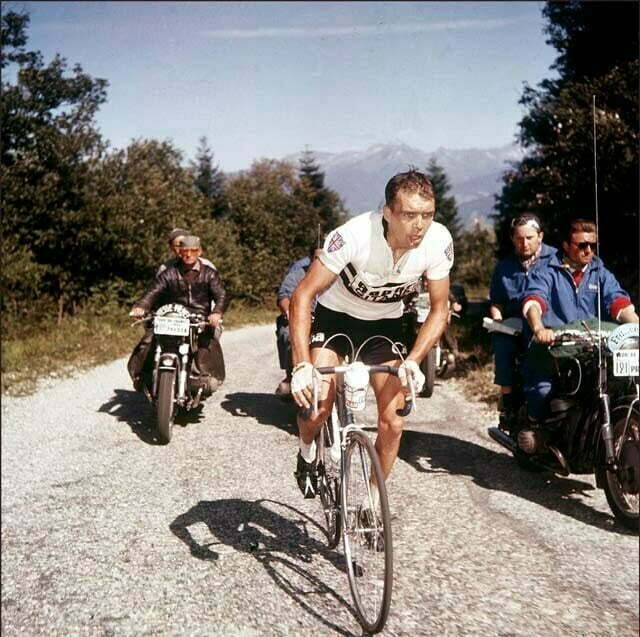 Brian Robinson’s first stage win in the Tour de France was a triumph for road cyclists in Britain. In the late 19th century the National Cyclists Union (NCU) had banned road racing in theUK and it took the concerted efforts of many, including Percy Stallard, to encourage regional groups of clubs to affiliate to the newly formed British League of Racing Cyclists (BLRC). Under the BLRC, these clubs started organising road races against the wishes of the NCU and a bitter feud began that was to last for many years. Under this schism the NCU was asked to send a British team to the 1955 Tour de France and this team featured Brian Robinson, who had already been prominent in other Continental European road races. It was a tough race for all, and Brian Robinson and Tony Hoar were the only British riders to complete it.
Brian Robinson’s first stage win in the Tour de France was a triumph for road cyclists in Britain. In the late 19th century the National Cyclists Union (NCU) had banned road racing in theUK and it took the concerted efforts of many, including Percy Stallard, to encourage regional groups of clubs to affiliate to the newly formed British League of Racing Cyclists (BLRC). Under the BLRC, these clubs started organising road races against the wishes of the NCU and a bitter feud began that was to last for many years. Under this schism the NCU was asked to send a British team to the 1955 Tour de France and this team featured Brian Robinson, who had already been prominent in other Continental European road races. It was a tough race for all, and Brian Robinson and Tony Hoar were the only British riders to complete it.
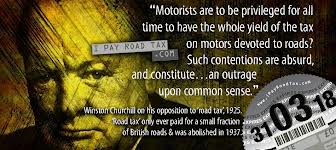

 In the last few weeks I have been bumping my gums more than usual. Living in Scotland I know that my weather related expectations should be less than sanguine, but my hopes do rise as we get a few days of sunshine, only to see them saturated and battered in endless days of wind and rain that follow.
In the last few weeks I have been bumping my gums more than usual. Living in Scotland I know that my weather related expectations should be less than sanguine, but my hopes do rise as we get a few days of sunshine, only to see them saturated and battered in endless days of wind and rain that follow.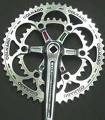 In France a smooth pedal stroke is elegantly described as “souplesse”, an apparently effortless pedalling motion. The achievement of such a pedal stroke is beneficial for all who cycle as eliminating any dead spots in the pedalling action, relaxing and avoiding a choppy rotation, can save you energy and make riding easier and more enjoyable.
In France a smooth pedal stroke is elegantly described as “souplesse”, an apparently effortless pedalling motion. The achievement of such a pedal stroke is beneficial for all who cycle as eliminating any dead spots in the pedalling action, relaxing and avoiding a choppy rotation, can save you energy and make riding easier and more enjoyable.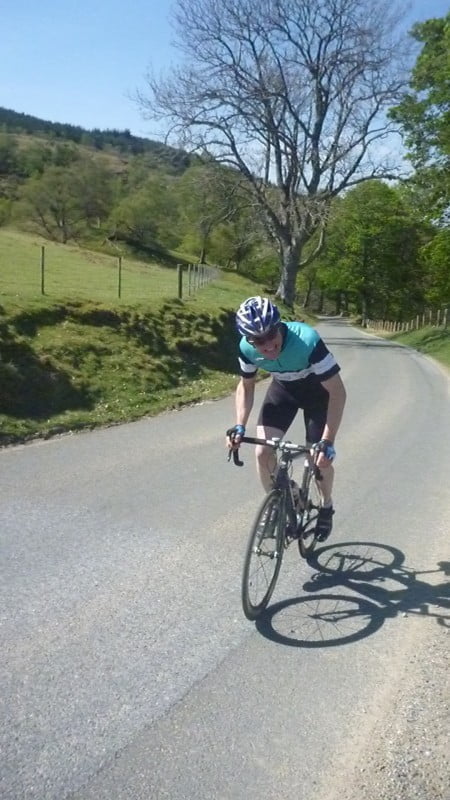
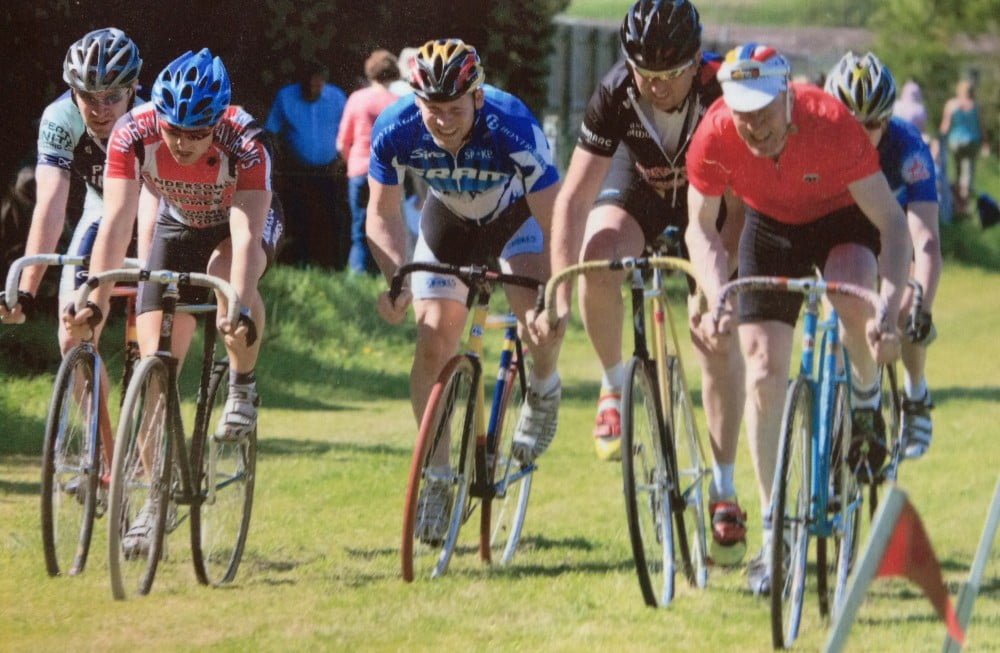 One of the great pleasures of cycling is the variety of disciplines within the sport; indeed, even the term ‘mountain biking’ is a generic phrase and covers many different activities that simply take place off-road, from downhill riding to dirt-crit racing.
One of the great pleasures of cycling is the variety of disciplines within the sport; indeed, even the term ‘mountain biking’ is a generic phrase and covers many different activities that simply take place off-road, from downhill riding to dirt-crit racing.